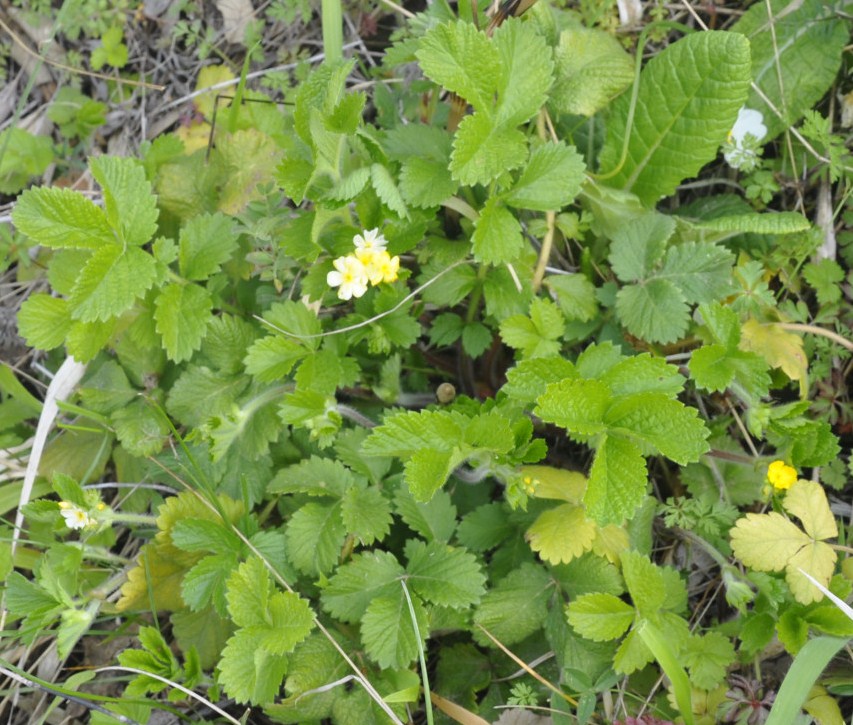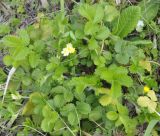
Цветущее растение. Греция, Халкидики, лес в окр. г. Полигирос. 12.04.2010.
See also:
Discussion (2)
Code of link to photo
| Create: | HTML or BBCode with preview |
| Code for linking on the web: | |
| This is how it will look: |  Aremonia agrimonoides on the site «Plantarium» |
Text to cite the page
Цандекидис Р. 2010. Изображение Aremonia agrimonoides (L.) DC. // Плантариум. Растения и лишайники России и сопредельных стран: открытый онлайн атлас и определитель растений. [Электронный ресурс] URL: https://www.plantarium.ru/page/image/id/51218.html (дата обращения: 25.02.2025).
Tsantekidis R. 2010. Image of Aremonia agrimonoides (L.) DC. // Plantarium. Plants and lichens of Russia and neighboring countries: open online galleries and plant identification guide. URL: https://www.plantarium.ru/lang/en/page/image/id/51218.html (accessed on 25 Feb 2025).
Views: 654Discussion
| Andriy Kovalchuk | Это, конечно, не земляника, а Aremonia. Вот только куда её лучше отнести? Во Flora Europeae греческие растения выделяют в особый подвид A. agrimonioides subsp. pouzarii. Не знаю, стоит нам этот факт как-то отражать или просто перенести эти снимки в A. agrimonioides? |
| Andriy Kovalchuk | Заглянул ещё в 10-й том ФВЕ - пишут, что род Aremonia монотипный, так что, думаю, можно двинуть к единственному виду. |